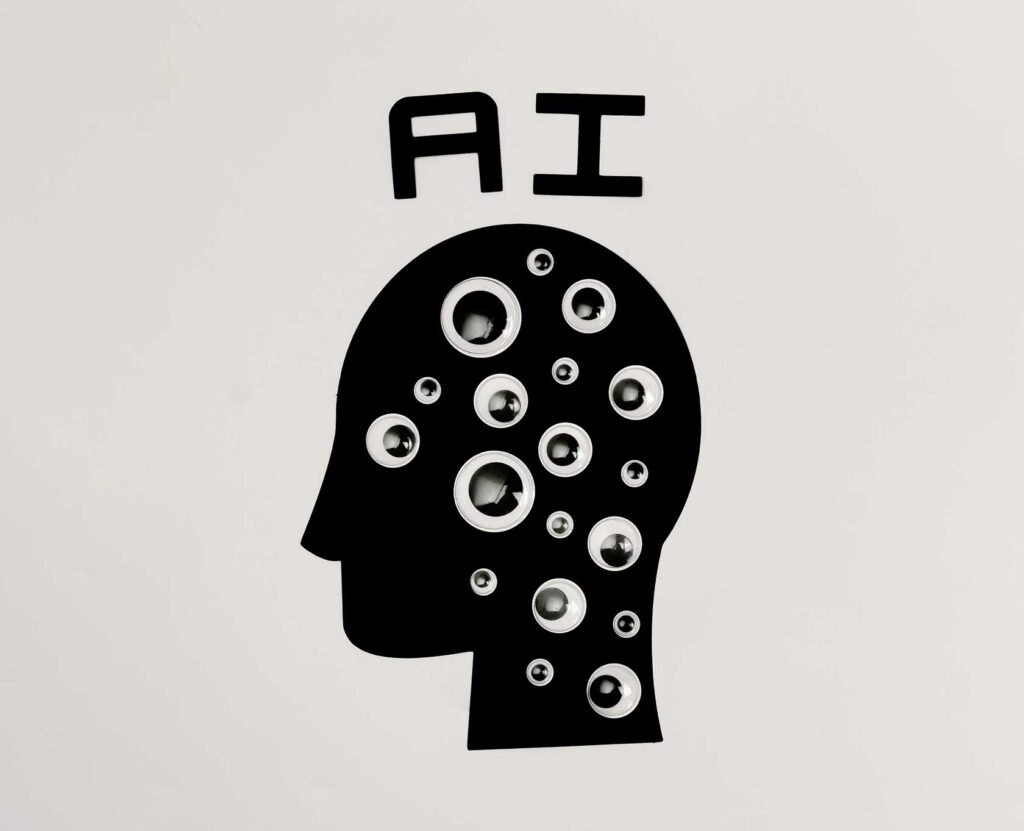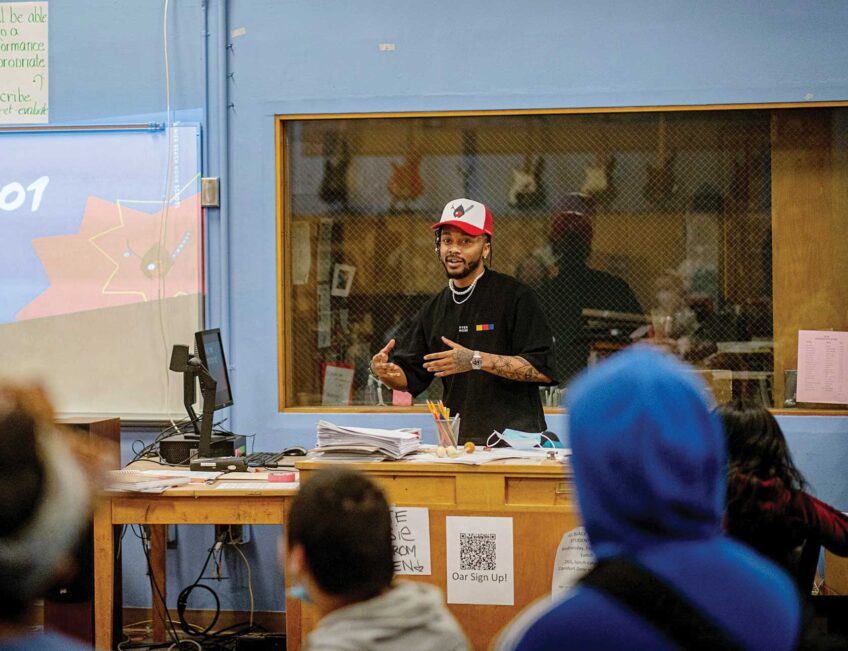
In a world saturated with information, the newsroom has long been a bastion of human-led inquiry, a place where dedicated journalists sift through the noise to bring clarity and context. Yet, the rapid rise of artificial intelligence (AI) has brought a new, powerful and often controversial player into this hallowed space.
From automating mundane tasks to generating content, AI is no longer a futuristic concept but a tangible presence. This integration promises a faster, more efficient news cycle, but it also raises profound questions about the very essence of journalism, asking readers to consider what they value most in the news they consume. How do we feel about AI in the newsroom? Do we see it as a necessary evolution or a dangerous erosion of trust?
The most compelling argument for AI’s role in journalism centers on efficiency and speed. In today’s 24/7 news cycle, the ability to rapidly process vast datasets, transcribe hours of interviews in minutes or generate straightforward reports on stock prices or sports scores is a game-changer. AI tools can analyze complex financial reports to spot anomalies or monitor social media feeds to identify emerging trends, all at a speed no human can match. This isn’t about replacing journalists; it’s about empowering them.
Delegating the grunt work to AI frees up reporters to focus on what they do best: building relationships with sources, conducting in-depth investigations and crafting compelling narratives. The result is a more dynamic and responsive news environment, where readers can get breaking news updates faster and journalists have more time for the critical, high-impact storytelling that holds power to account.
However, this increased efficiency comes with a significant trade-off: the potential for a decline in trust and authenticity. The fear is that as AI takes on more of the reporting process, the uniquely human elements of journalism — empathy, intuition and ethical judgment — will be lost. A story isn’t just a collection of facts; it’s a narrative shaped by a human mind, reflecting a particular worldview and a commitment to truth. When a story is written, or even partially written, by an algorithm, does it lose its soul?
More concerning is the risk of AI-powered misinformation. If AI models are trained on biased data, they can perpetuate those biases. People of color have long known about discrimination in news reporting. Worse, generative AI can be used to create hyper-realistic fake news or manipulate images and videos, making it harder for readers to distinguish fact from fiction. For journalism to survive, it must be rooted in public trust, and a lack of transparency around AI usage could be the fastest way to sever that bond.
Tell us what you think
We would like you to engage with the Bay State Banner by taking a 3-minute survey about your feelings on AI in the newsroom.
You can access the survey at BANNER SURVEY
Thank you for your participation. Your answers will remain confidential.
Another layer of the AI debate involves the personalization of news. AI algorithms can create highly tailored news feeds, ensuring that readers see content that is most relevant to their interests. On the surface, this sounds like a win-win: greater engagement for news outlets and a more satisfying experience for the reader. However, this level of personalization carries the risk of creating a digital echo chamber. By only showing us what we want to see, AI can shield us from opposing viewpoints and challenging ideas, reinforcing our existing beliefs and creating a fragmented public discourse. The traditional role of a newspaper was to be a shared source of information, a town square where citizens, regardless of their personal interests, were exposed to a common set of facts. The AI-driven personalized news feed, while efficient, may undermine this essential public service, leaving us less informed and more polarized.
Ultimately, the future of journalism may not be about AI replacing journalists, but about a collaboration that redefines the profession. AI can be a powerful co-pilot, a research assistant, and a data analyst all rolled into one. In fact, every time you use a Google search, you are using an AI tool.
It can help journalists identify hidden trends in vast government datasets or transcribe a long interview. But it cannot, and likely never will, ask a difficult question, comfort a grieving source or make the tough ethical call to publish a story that challenges the status quo. The human journalist’s role will most likely shift toward one of curator, fact-checker and ethical guide, leveraging AI’s power while maintaining the critical human oversight that ensures accuracy and authenticity.
So, as we move deeper into this new era, the question of AI’s place in the newsroom isn’t just an industry concern — it’s a matter for every reader. Do you trust a story that was researched by an AI platform? Do you prefer a personalized newsfeed, or do you want to be exposed to a wider range of perspectives? The answers to these questions will not only shape the future of journalism but also determine the kind of informed, nuanced society we hope to build.
André Stark is the associate publisher of the Bay State Banner.






